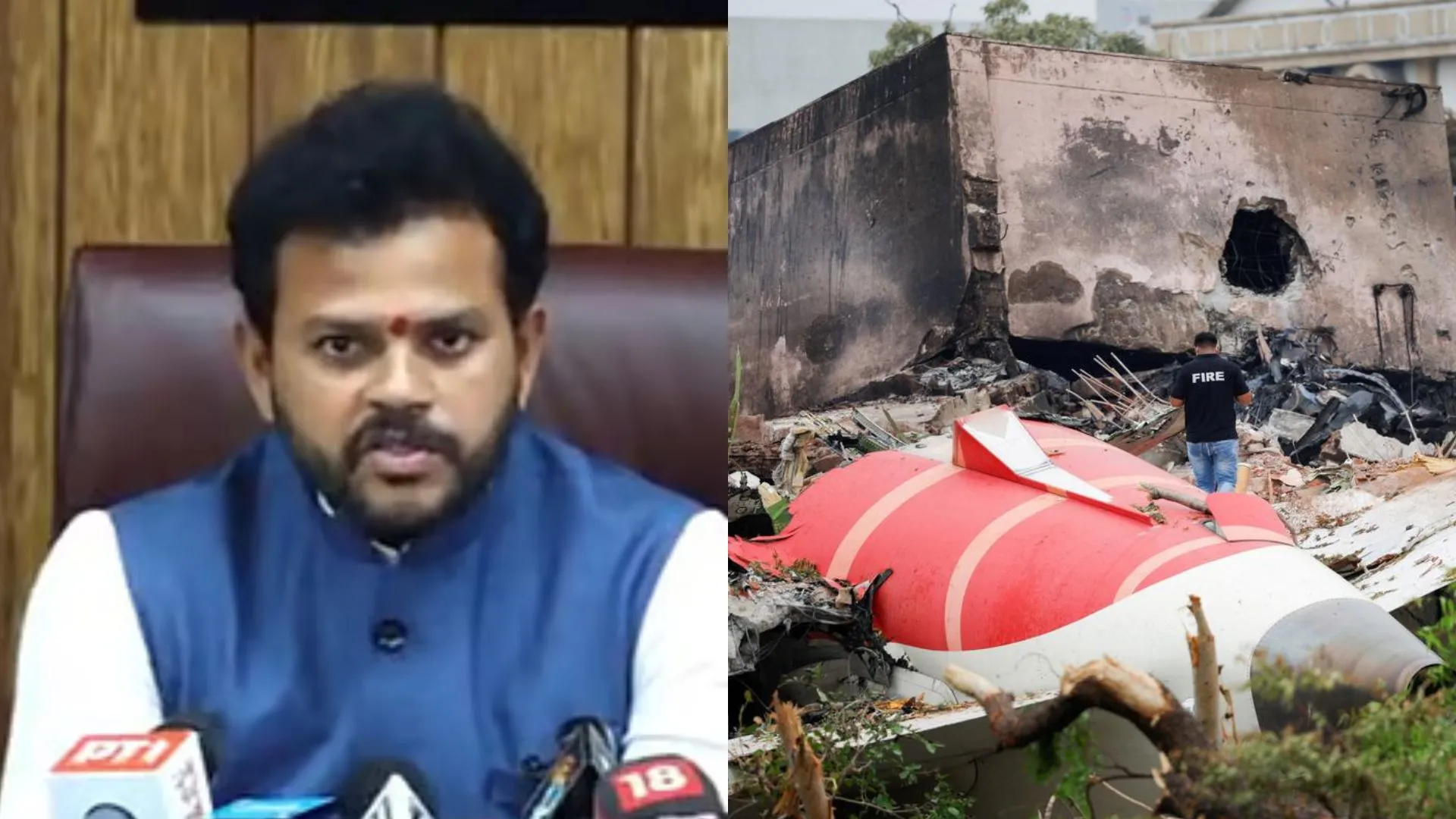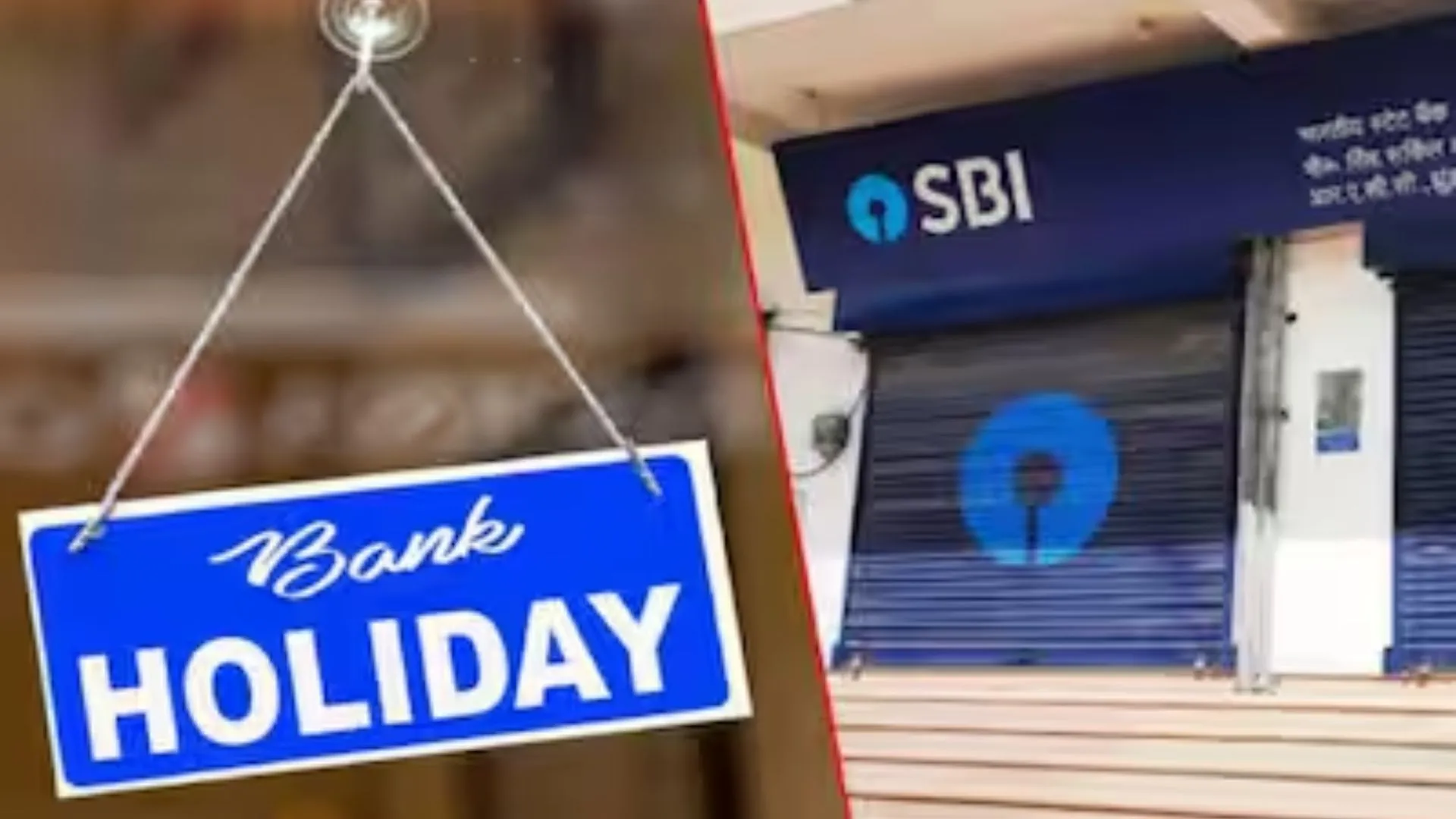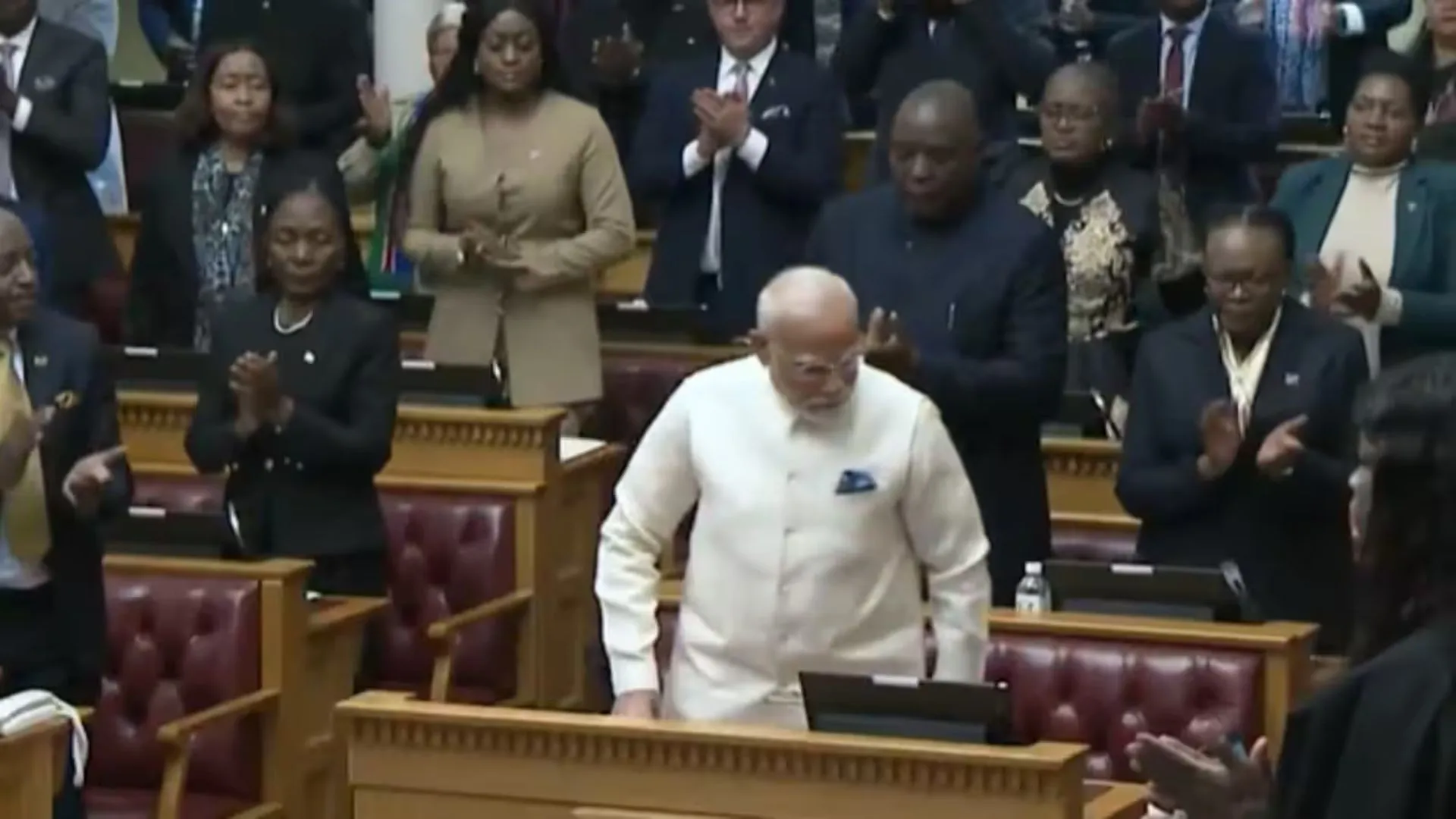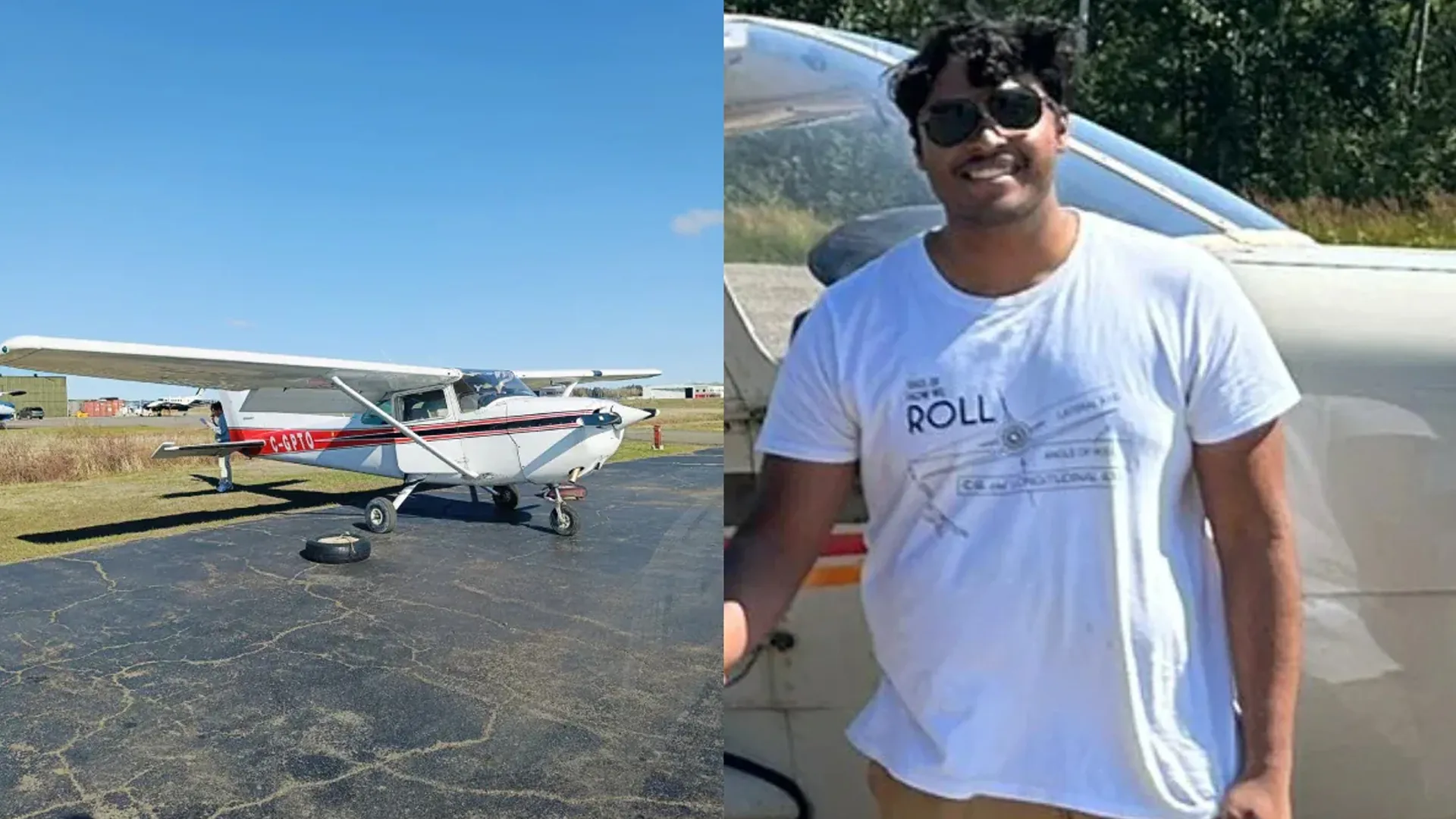Civil Aviation Minister Ram Mohan Naidu, in his first official statement following the tragic Air India crash in Ahmedabad, confirmed on Saturday that the black box from the downed aircraft has been recovered and is currently being decoded. He stated that the information it contains could be crucial in understanding the events that led to the fatal accident on June 12.
“The Ministry is taking the utmost seriousness to the incident. The Aircraft Accident Investigation Bureau (AAIB) was immediately mobilised. The DG AAIB immediately rushed to the site to take stock of the situation. One update from the technical investigation team which is happening through AAIB is the recovery of the black box from the accident site at around 5 pm yesterday,” the minister said.
AAIB Leading Technical Inquiry
The Aircraft Accident Investigation Bureau has been deployed to lead the technical inquiry into the crash, which claimed 270 lives, including those on board and on the ground. The plane, a Boeing 787 Dreamliner (AI 171), was en route from Ahmedabad to London when it crashed shortly after takeoff, plummeting into a medical college hostel and its adjoining canteen building in the densely populated Meghaninagar area.
Naidu emphasised the critical role the black box would play in uncovering the cause behind the tragic incident.
“The AAIB team believes that this decoding of the black box is going to give a, in depth insight into what would have actually happened during the process of the crash or moments before the crash itself. We are also eagerly waiting for what the results or the report is going to be once the AAIB goes through its full investigation,” he said.
Boeing 787s Under Heightened Surveillance
In response to the crash, the government has ramped up surveillance of the Boeing 787 fleet in India. According to the minister, the Directorate General of Civil Aviation (DGCA) has been ordered to inspect all 34 Boeing 787s currently in service across the country.
“We have very strict safety standards in the country. When the incident happened, we also felt that there is a need to do an extended surveillance into the Boeing 787 Series. DGCA has also given an order to do the extended surveillance for the 787 planes. There are 34 in our Indian aircraft fleet today. I believe that 8 have already been inspected and with immediate urgency, all of them are going to be done,” Naidu added.
Aircraft Had No Issues Before Crash
Civil Aviation Secretary Samir Kumar Sinha, who addressed the press ahead of the minister, provided a timeline of the aircraft’s journey before the crash. According to him, the Air India Boeing 787 had successfully completed its Paris-Delhi-Ahmedabad route without any issues prior to the crash.
“As far as the entire history of the plane is concerned, before this accident, the plane had completed the Paris-Delhi-Ahmedabad sector without any accident,” Sinha said.
Delhi: Union Civil Aviation Minister Ram Mohan Naidu, says, "Currently we just felt that all the efforts that have been done, especially in the last 48 hours we wanted to share with the media and through you to the country also and I would like to reiterate that this was a very… pic.twitter.com/2tjKEctRQn
— IANS (@ians_india) June 14, 2025
Sole Survivor Identified
Among the 242 passengers and crew onboard, only one individual survived—Vishwashkumar Ramesh, a British national of Indian origin. He was seated at 11A, a window seat near the emergency exit in the economy section. His miraculous survival is under investigation as well.
The majority of those onboard—169 were Indian nationals, 53 British nationals, 7 Portuguese nationals, and 1 Canadian. Several casualties were also reported on the ground as the aircraft tore into the hostel building soon after takeoff around 1:40 PM on Thursday.
What Happens Next?
The AAIB’s final report will likely be released in the coming months, following detailed analysis of flight data and cockpit recordings. Meanwhile, Air India, DGCA, and other aviation authorities are fully cooperating to strengthen post-crash procedures and prevent recurrence.
The black box decoding is expected to provide essential clues regarding flight behavior, pilot commands, and engine function just before the crash. Experts believe this data will be instrumental in improving aviation safety protocols in the long term.





















